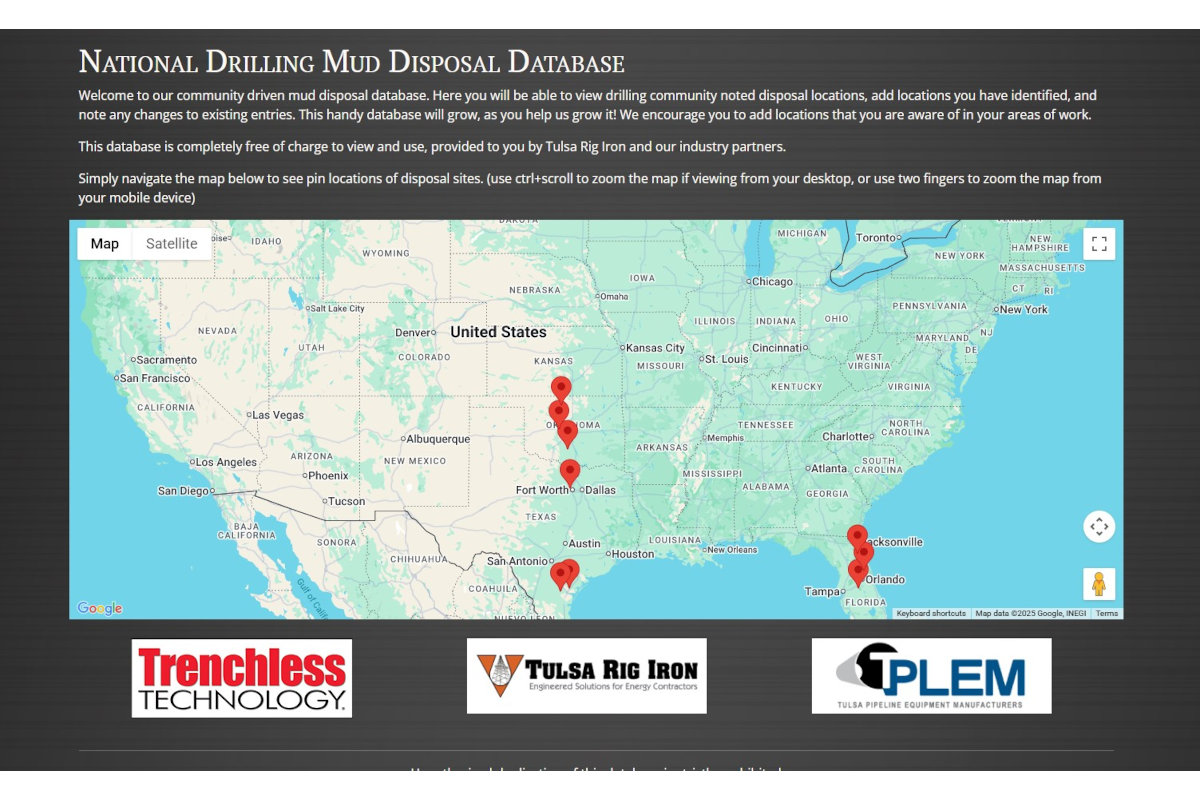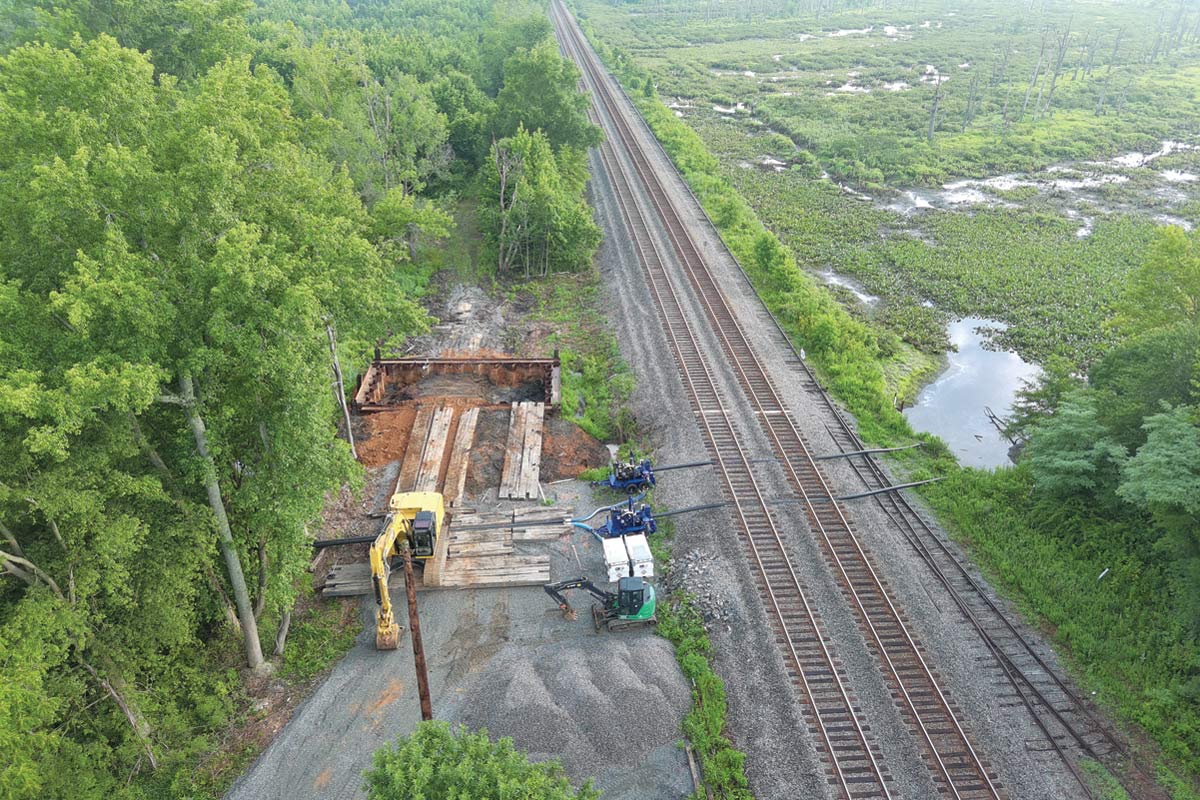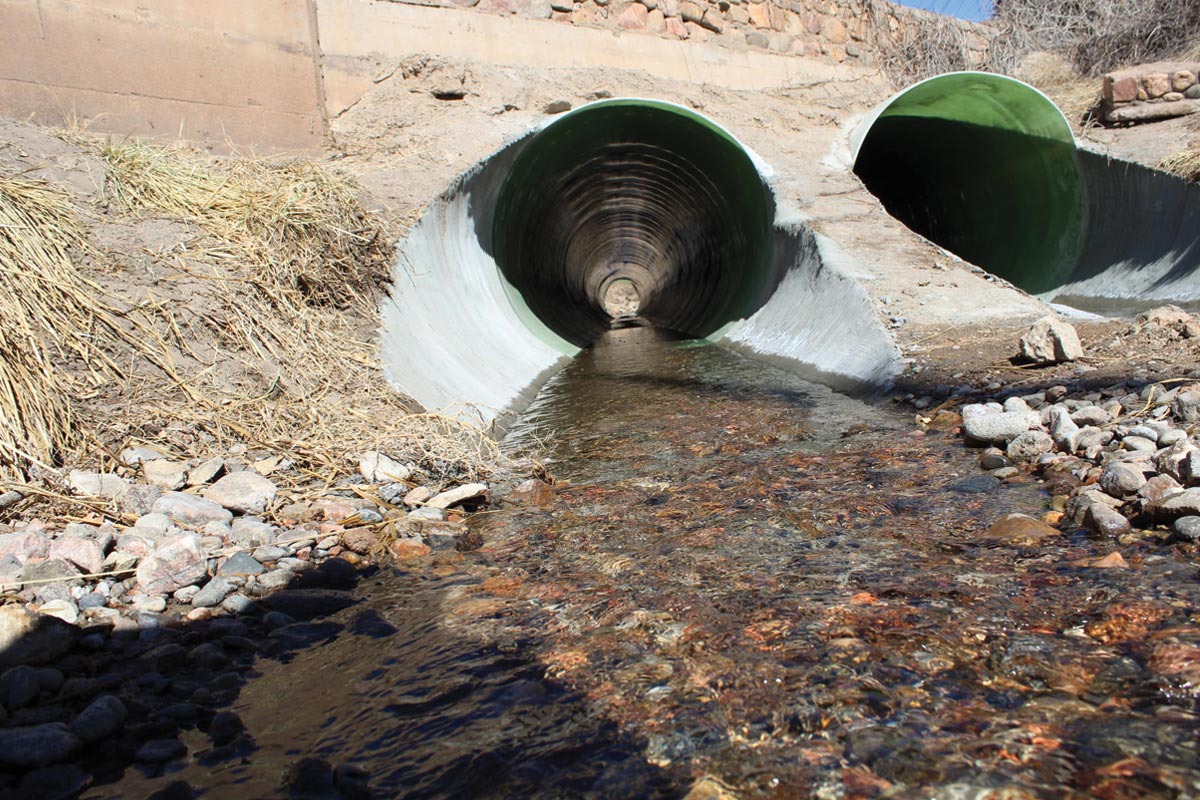
Epoxy Coatings Pivotal in Tennessee Trunkline Rehab Project
In 2022, the Knoxville Utilities Board (KUB) thoroughly inspected a crucial reinforced concrete pipe (RCP) sewer trunkline beneath a primary arterial road known as Neyland Drive. This roadway is a vital access route to the University of Tennessee’s southern campus, its historic Neyland Football Stadium, and various other sports and event facilities, and it provides access to downtown Knoxville. Additionally, the trunkline supplies influent to the Kuwahee Wastewater Treatment Plant, which stands as KUB’s largest wastewater treatment facility.
The inspection uncovered 2,349 lf of severely corroded RCP. Focused on proactive infrastructure management, KUB remained vigilant and aimed to explore methods to rehabilitate the pipe before its condition worsened. Collaborating with its construction manager and engineer, the team identified essential requirements for the rehabilitation, including ensuring no interruption to the Kuwahee Wastewater Treatment Plant, minimizing disruptions to the University’s events, limiting the impact on Neyland Drive, maintaining the budget and schedule, as well as providing a solution that went beyond a short-term repair.

The team initially explored the dig-and-replace method but ruled it out due to its high cost and topside disruptions. Subsequently, various trenchless rehabilitation options were evaluated, with a particular focus on cured-in-place pipe (CIPP) with bypass pumping. However, implementing the bypass system posed challenges, as it needed to accommodate the flow of 120 MGD through the trunkline. This would necessitate a minimum of six 18-in. pumps and the closure of substantial sections of Neyland Drive for several months, resulting in an additional expenditure of approximately $8 million beyond the estimated cost.
The team opted for trenchless rehabilitation, selecting bids based on pricing, project approach and qualifications. A&W Coatings (A&W) secured the rehabilitation contract, standing out for its unique approach. A&W proposed an alternative solution of using Warren Environmental’s (Warren’s) high-build epoxy coating for the trenchless pipe rehabilitation and for the work to be completed at night and under live sewer flows. Warren’s epoxy is ideal for wet or damp environments, allowing the coating of the area above the water line under live flows. This approach was targeted to the area above the water line that was most at risk of continued corrosion, which eliminated KUB’s need for bypass pumping and resulted in significant cost and time savings.
Choosing Warren’s epoxy coating system was reinforced by its success on a previous KUB project, the Second Creek Trunkline Rehabilitation, which is still in service today, six years later. Second Creek demonstrated the epoxy’s ability to withstand highly corrosive sewer systems, offering a long-term solution rather than a temporary fix. This forward-thinking strategy, solidifying its position as an innovative and efficient solution for KUB.

Scope of Work
The project’s scope involved rehabilitating 2,349 lf of RCP, featuring two segments with varying diameters ranging from 78 to 84 in. Additionally, the scope included the rehabilitation of seven brick manholes, ranging in depth from 21 to 36 in., and three concrete vaults.
The initial phase of the pipe rehabilitation consisted of surface preparation, concrete repairs and keyway cutting above the water line when the flows were at their lowest point. Subsequently, the crew water blasted to achieve the ideal surface profile for coating application. Using Warren’s 301-14 high-performance epoxy coating, 250 mils were spray-applied seamlessly under live flows. This included the coating of 285 joints and the execution of 877 sq ft of spall repairs.
In parallel, the brick manholes and concrete vaults underwent similar preparation and coating with Warren’s epoxy product. The vaults required strategic staging and protection for KUB’s flowmeter and weir gates. The post-application phase included inspection of the coatings. Adhesion pull tests were conducted, yielding impressive average pipe readings of 1,056 psi, surpassing the specified requirement of results greater than 300 psi.
Project Challenges
Pipeline Environment
Undertaking the rehabilitation of a pipe under live flows presented multiple benefits to the owner, but it also significantly increased the risks and challenges for the A&W crew. The project required the crew to work in a pipe ranging from 78 to 84 in. in diameter with up to 24 in. of live sewer flows. These conditions introduced various hazards, including exposure to harmful bacteria and debris. Given the confined space conditions, it was key to ensure continuous airflow, and the team had to remain vigilant about potential weather events that could lead to a sudden rise in water levels or pose a risk of lightning. The intricate nature of working in such conditions demanded diligent safety measures and constant crew awareness.
A&W crew initiated the project with a meticulously developed site safety plan. This comprehensive plan underwent a thorough review by safety consultants and in-house staff, ultimately receiving approval from KUB before the start of the project. Several strategic measures were implemented to address the environmental hazards within the pipe and ensure the crew’s safety.
This included the installation of a handrail system to facilitate walking and the provision of protective gear. The crew wore a life jacket, puncture-resistant waders, Tyvek suits, and double layers of cut-resistant gloves. Demonstrating proactive foresight, the A&W team developed a specialized device to catch an unconscious crew member floating. This innovative solution was a precautionary measure, showcasing the team’s commitment to safety and preparedness.
Additional safety measures involved implementing a fan system at the entry and egress points to ensure a continuous clean air supply. Each crewmember was equipped with an individual air monitor, and monitors were strategically positioned on each tripod to assess air quality.
Real-time monitoring of water levels was facilitated by transducers strategically positioned at two locations on opposite ends and near connection lines for accessible water entry points. Daily weather monitoring was carried out, with the project team making go/no-go decisions when necessary and promptly reporting to the general contractor and KUB.
Communication within the pipe emerged as a challenge due to access points being situated 30 ft deep, spanning 600 ft. Radios equipped with repeaters proved inconsistent. A reliable buddy system was implemented to address this, ensuring effective communication. These safety measures underscored the crew’s commitment to ensuring a secure working environment amid the unique challenges encountered.

Equipment
Warren’s epoxy coating system is delivered through a heated hose from a spray rig on the top side near the access pit. A consideration was preventing the heated hose from contacting the water, which could lower the temperature and lead to premature epoxy curing. The crew used a variety of innovative solutions to bring the hose in and out of the tunnel while keeping it above the waterline to ensure the temperatures did not prematurely drop.
Traffic Control
To minimize disruption on Neyland Drive, A&W collaborated with an engineering consultant to create a custom traffic control plan. The plan, executed at night, featured six setups, one for each work zone and included setting up and tearing down after every shift, which streamlined tasks to reduce traffic control moves. Identifying areas with overlapping traffic patterns maximized the working area. The crew optimized efficiency, transitioning from three-hour minimum shifts to 1.5-hour maximum shifts by the end of the project. How the plan was designed and executed maintained limited lane closures at night and zero traffic control during the day.
Project Successes
The Neyland Drive Trunkline Rehabilitation showcased innovative practices by implementing Warren’s epoxy coating system, coupled with the seasoned expertise of A&W, efficient project management, and an unwavering commitment to safety. This combination resulted in the project’s early completion. Executed between June and November 2023, the job was completed four months ahead of schedule, leading to a substantial cost reduction of $400,000. This also minimized disruptions to both the University and drivers along Neyland Drive.
Notably, the entire project was accomplished without bypass pumping ($8 million job cost), drastically increasing safety risks for the A&W crew. However, meticulous planning and diligent efforts by the A&W crew contributed to an impeccable safety record, with the project concluding without a single safety incident.
The collaborative efforts among A&W, Warren, and the project stakeholders played a pivotal role in the success of this critical wastewater infrastructure rehabilitation. Their collective dedication to proactive asset management and safety set a standard for future projects of a similar nature.
Mason Varner is assistant project manager at A&W Coatings.




